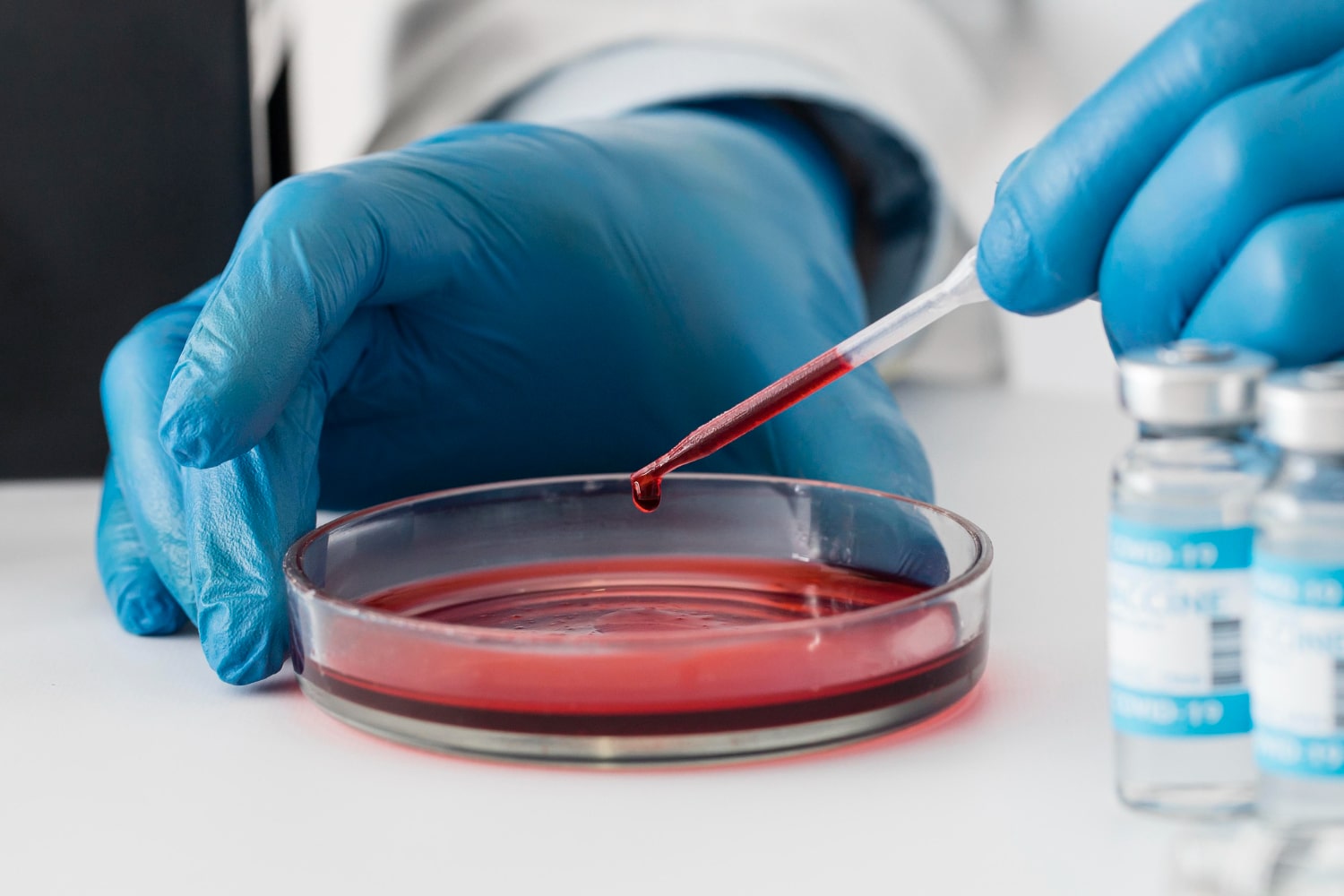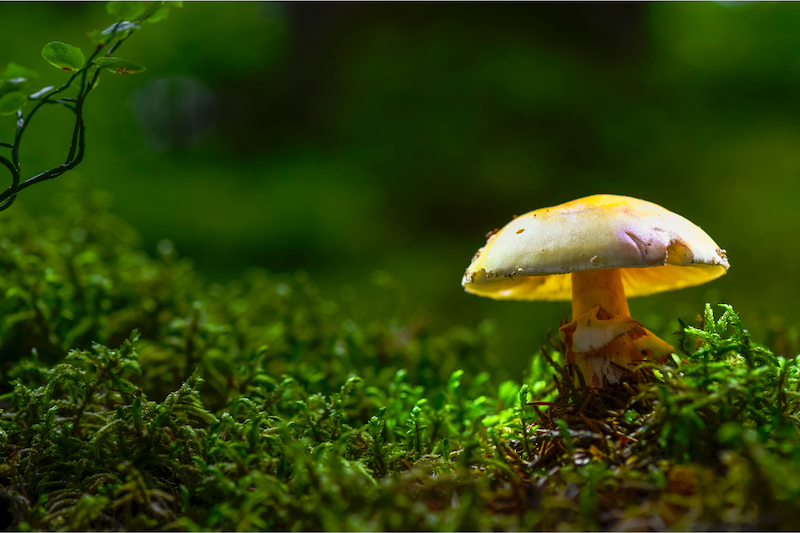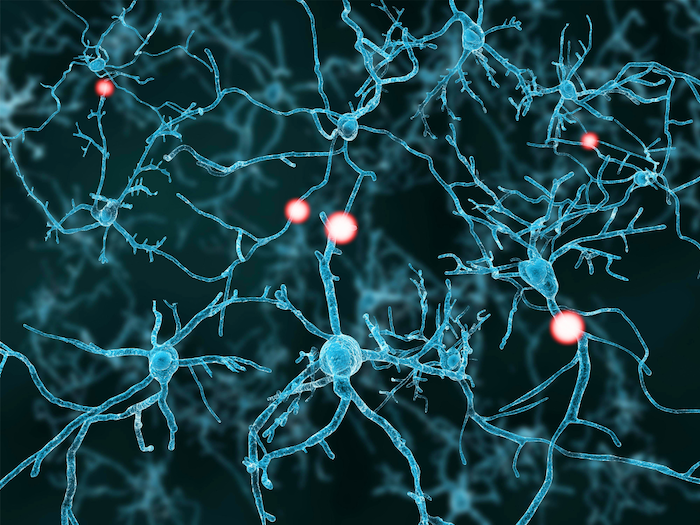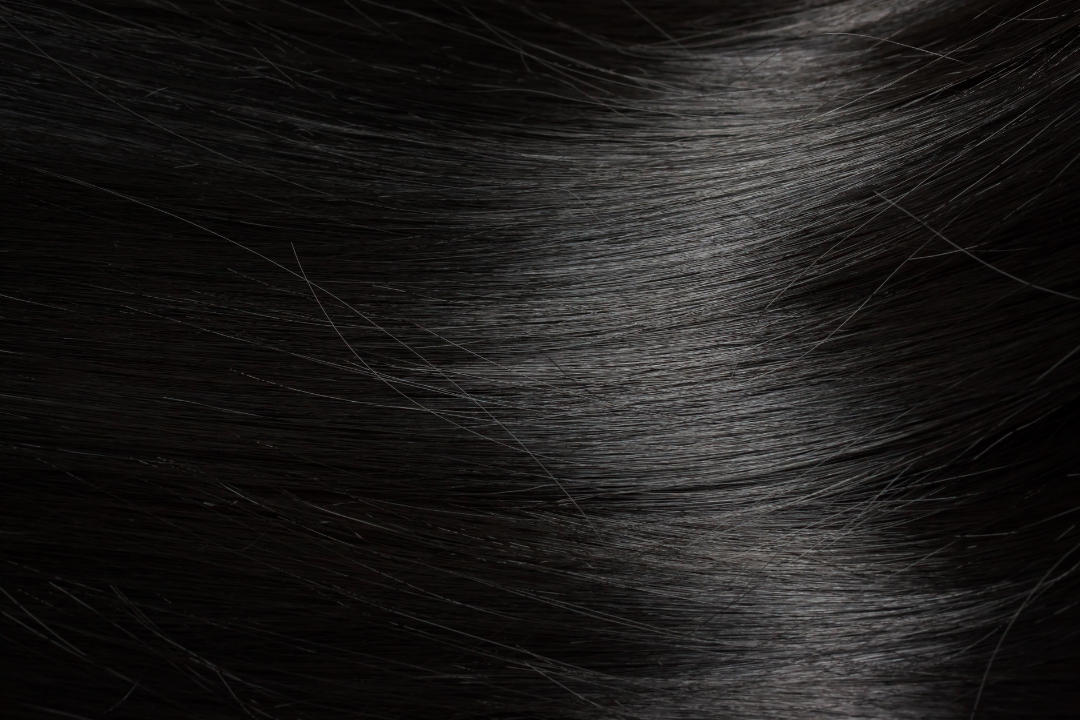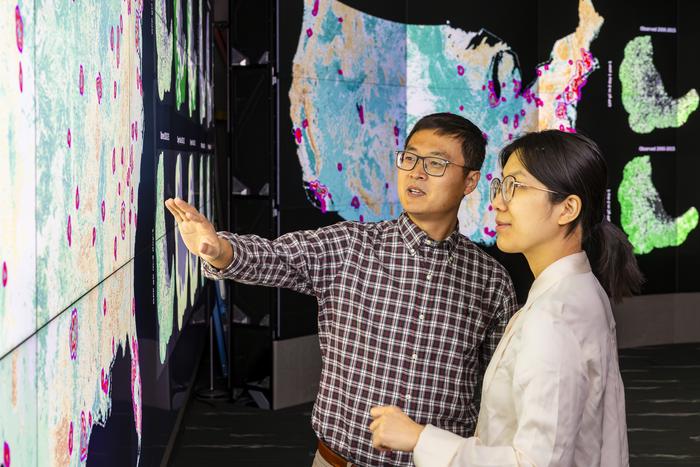Converting brain immune cells into neurons helps mice recover after stroke
Fukuoka, Japan – Researchers at Kyushu University have discovered that turning brain immune cells into neurons successfully restores brain function after stroke-like injury in mice. These findings, published on October 10 in PNAS, suggest that replenishing neurons from immune cells could be a promising avenue for treating stroke in humans. Credit: Irie et al. PNAS […]

Fukuoka, Japan – Researchers at Kyushu University have discovered that turning brain immune cells into neurons successfully restores brain function after stroke-like injury in mice. These findings, published on October 10 in PNAS, suggest that replenishing neurons from immune cells could be a promising avenue for treating stroke in humans.

Credit: Irie et al. PNAS 2023
Fukuoka, Japan – Researchers at Kyushu University have discovered that turning brain immune cells into neurons successfully restores brain function after stroke-like injury in mice. These findings, published on October 10 in PNAS, suggest that replenishing neurons from immune cells could be a promising avenue for treating stroke in humans.
Stroke, and other cerebrovascular diseases, occur when blood flow to the brain is affected, causing damage to neurons. Recovery is often poor, with patients suffering from severe physical disabilities and cognitive problems. Worldwide, it’s one of the most common causes for needing long-term care.
“When we get a cut or break a bone, our skin and bone cells can replicate to heal our body. But the neurons in our brain cannot easily regenerate, so the damage is often permanent,” says Professor Kinichi Nakashima, from Kyushu University’s Graduate School of Medical Sciences. “We therefore need to find new ways to replace lost neurons.”
One possible strategy is to convert other cells in the brain into neurons. Here, the researchers focused on microglia, the main immune cells in the central nervous system. Microglia are tasked with removing damaged or dead cells in the brain, so after a stroke, they move towards the site of injury and replicate quickly.
“Microglia are abundant and exactly in the place we need them, so they are an ideal target for conversion,” says first author, Dr. Takashi Irie from Kyushu University Hospital.
In prior research, the team demonstrated that they could induce microglia to develop into neurons in the brains of healthy mice. Now, Dr. Irie and Professor Nakashima, along with Lecturer Taito Matsuda and Professor Noriko Isobe from Kyushu University Graduate School of Medical Sciences, showed that this strategy of replacing neurons also works in injured brains and contributes to brain recovery.
To conduct the study, the researchers caused a stroke-like injury in mice by temporarily blocking the right middle cerebral artery – a major blood vessel in the brain that is commonly associated with stroke in humans. A week later, the researchers examined the mice and found that they had difficulties in motor function and had a marked loss of neurons in a brain region known as the striatum. This part of the brain is involved in decision making, action planning and motor coordination.
The researchers then used a lentivirus to insert DNA into microglial cells at the site of the injury. The DNA held instructions for producing NeuroD1, a protein that induces neuronal conversion. Over the subsequent weeks, the infected cells began developing into neurons and the areas of the brain with neuron loss decreased. By eight weeks, the new induced neurons had successfully integrated into the brain’s circuits.
At only three weeks post-infection, the mice showed improved motor function in behavioral tests. These improvements were lost when the researchers removed the new induced neurons, providing strong evidence that the newly converted neurons directly contributed to recovery.
“These results are very promising. The next step is to test whether NeuroD1 is also effective at converting human microglia into neurons and confirm that our method of inserting genes into the microglial cells is safe,” says Professor Nakashima.
Furthermore, the treatment was conducted in mice in the acute phase after stroke, when microglia were migrating to and replicating at the site of injury. Therefore, the researchers also plan to see if recovery is also possible in mice at a later, chronic phase.
###
For more information about this research, see “Direct neuronal conversion of microglia/macrophages reinstates neurological function after stroke” Takashi Irie, Taito Matsuda, Yoshinori Hayashi, Kanae Matsuda-Ito, Akihide Kamiya, Takahiro Masuda, Marco Prinz, Noriko Isobe, Jun-ichi Kira, and Kinichi Nakashima, PNAS, https://www.pnas.org/doi/10.1073/pnas.2307972120
This work was supported by the Kaibara Morikazu Medical Science Promotion Foundation (to T.I.), a Grant-in-Aid for Young Scientists (B) JP18K14820 (to T. Matsuda), a Grant-in-Aid for Scientific Research (B) JP21H02808 (to T. Matsuda), a Grant-in-Aid for Exploratory Research JP23K18451 (to T. Matsuda), the Takeda Science Foundation (to T. Matsuda), the Qdai-jump Research Program (Wakaba Challenge) of Kyushu University (to T. Matsuda), a research grant from The Noguchi Institute (to T. Matsuda), AMED JP21bm0404057 (to T. Matsuda and K.N.), AMED-CREST JP20gm1310008 (to K.N.), the Suzuken Memorial Foundation (to K.N.), the Naito Foundation (to K.N.), a Grant-in-Aid for Scientific Research on Innovative Areas JP16H06527 (to K.N.), JP16K21734 (to K.N.), and a Grant-in-Aid for Challenging Research (Exploratory) JP19K22473 (to K.N.).
About Kyushu University
Kyushu University is one of Japan’s leading research-oriented institutes of higher education since its founding in 1911. Home to around 19,000 students and 8,000 faculty and staff, Kyushu U’s world-class research centers cover a wide range of study areas and research fields, from the humanities and arts to engineering and medical sciences. Its multiple campuses—including one of the largest in Japan—are located around Fukuoka City, a coastal metropolis on the southwestern Japanese island of Kyushu that is frequently ranked among the world’s most livable cities and historically known as Japan’s gateway to Asia. Through its Vision 2030, Kyushu U will ‘Drive Social Change with Integrative Knowledge.’ Its synergistic application of knowledge will encompass all of academia and solve issues in society while innovating new systems for a better future.
Journal
Proceedings of the National Academy of Sciences
DOI
10.1073/pnas.2307972120
Method of Research
Experimental study
Subject of Research
Animals
Article Title
Direct neuronal conversion of microglia/macrophages reinstates neurological function after stroke
Article Publication Date
10-Oct-2023
COI Statement
The authors declare no competing interest.
What's Your Reaction?

















